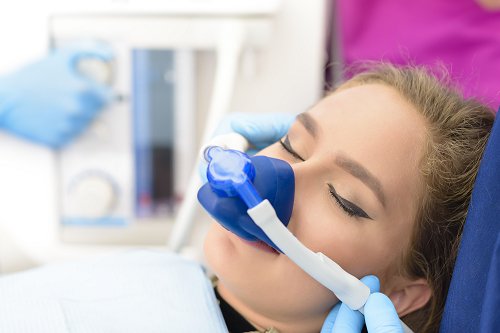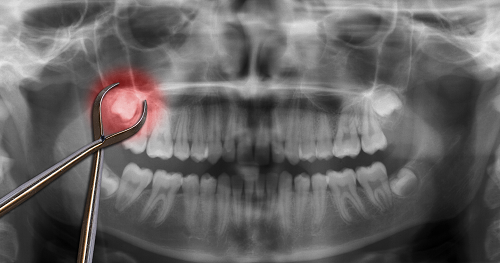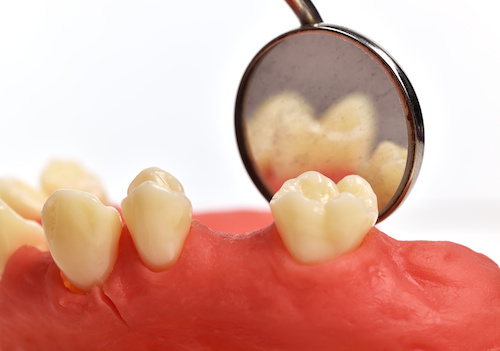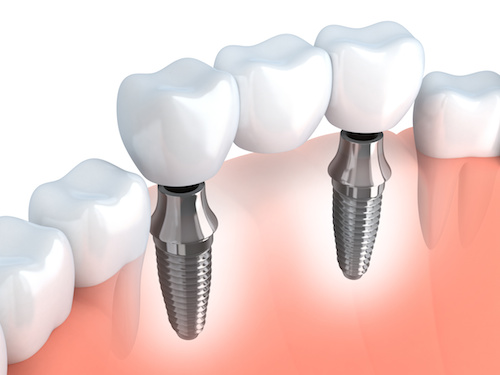When you think about the dentist, what’s the first thing that comes to mind?
For many people, anxiety rears its head as soon as they think about general dentists.
According to Gallup, about 33% of Americans didn’t go to the dentist in 2013. Some people don’t go to the dentist until they have an emergency! That can endanger their health and make recovery more expensive.
There’s no doubt dental anxiety is a big part of the picture.
What is Dental Anxiety and Where Does it Come From?
General dentists have long known they need to go the extra mile to make their offices safe and comfortable.
Older people in particular cite the possibility of pain and discomfort as a major reason why they don’t always go to the dentist, even though they know they should.
Luckily, there are two great new things to know about modern dentistry:
Discomfort from Routine Procedures is All But Gone
It’s true that, decades back, hand tools like scrapers and drills were in common use. However, dentistry is undergoing a transformation. More procedures use laser dentistry, rendering many visits completely discomfort-free.
Even in cases where hand tools are used, their design and manufacture is totally different from what it was. When you visit expert general dentists like those at Landmark Dental Group, you can be certain your comfort is the #1 concern.
There’s a Greater Awareness of Dental Anxiety
There was a time when if you admitted to having worries about the dentist, you may not have reached a sympathetic ear. That has completely changed. At Landmark Dental Group, we’ve pioneered a comfort-first approach to dentistry.
From beginning to end, you’ll completely understand your dental options and the procedure you choose. Nothing is ever performed without your consent. From our front office team to our general dentists, everyone makes the process easy.
Sedation Dentistry Can Make Any Procedure Simple for Dental Anxiety Sufferers
Last, but not least, there’s sedation dentistry.
Sedation dentistry allows you to enjoy your choice of sedation options so you can rest peacefully during your procedure. Patients usually awaken refreshed, with little memory of the goings-on.
There’s a wide range of mild and moderate sedation options for you to choose from:
Nitrous Oxide
Nitrous oxide “takes the edge off” while allowing you to recover completely within just a few minutes after your procedure. The gas is inhaled with oxygen through a nose mask. Afterwards, it is safely flushed out with pure oxygen and you awaken fully.
Oral Sedation
Oral sedation uses oral medication – typically in the Valium family – about an hour before your appointment. Patients using oral sedation may doze off completely during their visit. It’s crucial to bring along a friend or family member to drive you home.
Conscious IV Sedation
Medication administered through a vein can produce the strongest relaxation. This safe, effective approach typically leaves patients with little memory of their visit. Again, a driver is required.
To learn more about anxiety-free dentistry, contact Landmark Dental Group.
















 Web Design by Sleepless Media
Web Design by Sleepless Media